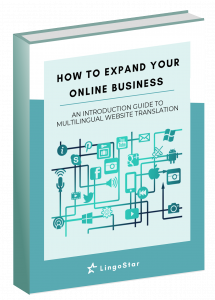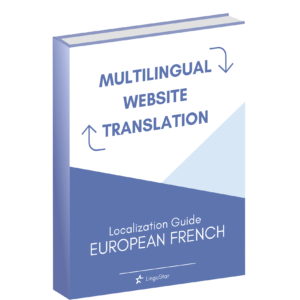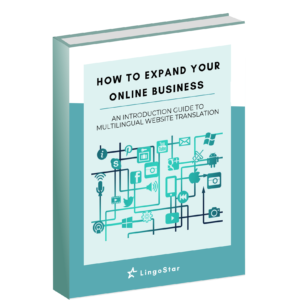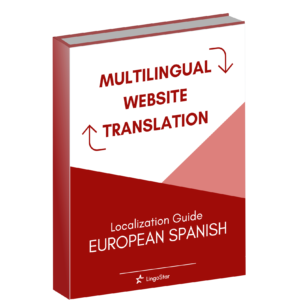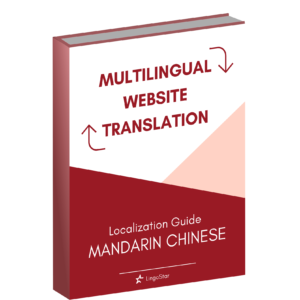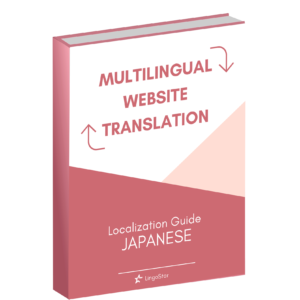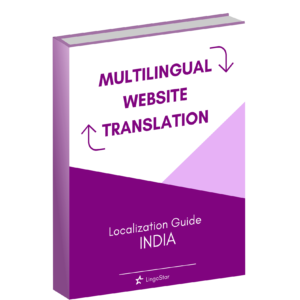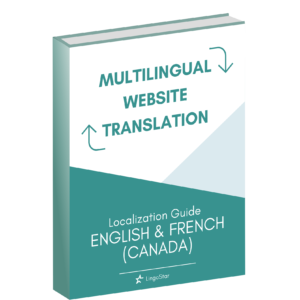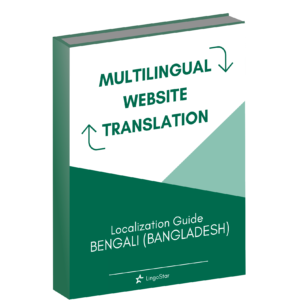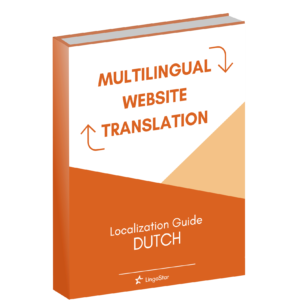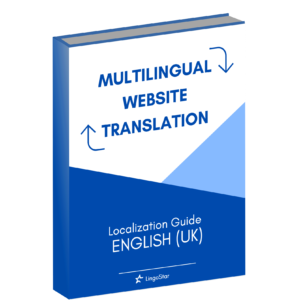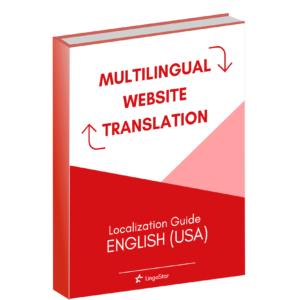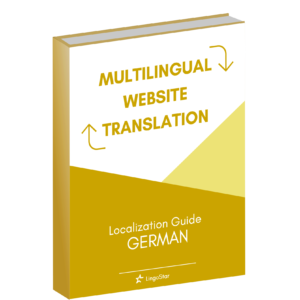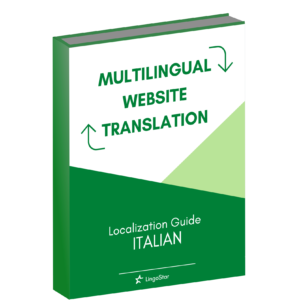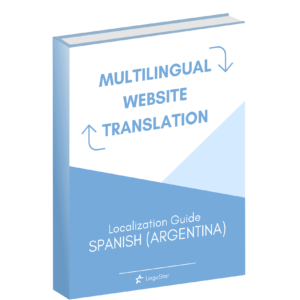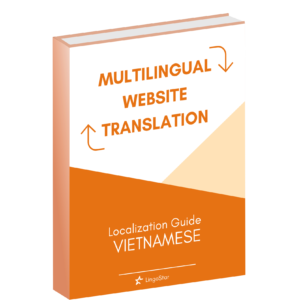Sep 12, 2014 | Blog, Translation
Translation Services Differ Company’s reputation and credibility: It is easy to google “translation services” or “document translation in Canada” but how can you really be sure you are working with an experienced and successful language services company? The first thing you can do is make sure to check the reviews of any company before you choose them. The last thing you want to do is book an interpreter for a huge presentation and then realize that the company has only received 3 reviews and they are all negative. Also, most reputable companies have a list of successful companies they have worked for before with testimonials. This is usually on the company website already, but can easily be provided by asking for references and testimonials. Any upstanding company will gladly oblige (like Lingo-Star). Does the company use native speakers: Upon a first glance, the pricing between different language service companies can vary greatly. However, what you need to be aware of before proceeding with a translation is that native speakers are the ones you want translating your documents. Just because somebody can speak Spanish, it doesn’t mean that they will be qualified to precisely translate your document unless they are native speakers. There are countless incidences where clients will opt for the cheaper more attractive route, only to be given a poor quality document that would be embarrassing to present in a meeting or on their website. We don’t want you to experience this so we highly suggest you switch to Lingo-Star and take advantage of the fact that every single one of our translators is an actual native speaker...
Aug 29, 2014 | Blog, Translation
Translation and Search Engine Optimization Nowadays the key to success for most companies is undoubtedly their visibility on the Internet market. When customers need a service or a product, they just type some words in a search engine and this will provide them with a list of pages relevant to their search. SEO (Search Engine Optimization) directly affects the visibility of a website by choosing the most effective keywords, so that it would appear at the top of the result list for its sector. Some tips to conduct a successful optimization include: – The choice of strings of two-three words instead of single words, as they are more specific and less competitive. Ideally you should try to think from the customer’s point of view and guess what strings they would use to search for your website; – A good keyword density. The higher the keyword density is, the more relevant to the search a page is; – The place of keywords. Keywords situated in URLs, file names, page titles and headings are easier to find than normal text, therefore they could significantly boost the page’s ranking if put in the right place. Last but not least: keyword localization. Localized strings help international users find your website; therefore their translation must be accurate. Simply using Google Translate is discouraged, what you need is a translation based on a specific context that can be adapted to a specific audience. Consequently, it is essential to give translators the means to understand the purpose of the keyword and the freedom to rephrase when necessary. This will make your business international and successful. Here...
Aug 14, 2014 | Promotions, SEO
Language dilution. Language dilution can be defined by using a word with a strong meaning to express a much less strong idea. For example, one can use the word ‘literally’ even when something is not literally true, just to emphasize it. It happens because people use the words ‘awesome’, ‘wonderful’ and ‘amazing’ even when they do not really mean them. They do so because they want to make their statements as effective as possible without using too much effort. Doing so, people waste the meaning of words, which are one of our most precious resources. If you use ‘literally’ when you don’t mean ‘literally’, you are not only adding a useless word to your sentence, you are also devaluing the word, so that when it is to be used in its proper meaning, it no longer means anything. We only have one word for ‘literally’, and if ‘literally’ no longer means ‘literally’ then we’ve lost a word. On the other hand, words take on connotations with passing time and according to the social group using them. It has become acceptable to use the word ‘awesome’ to describe a cake, because everyone does it. In this case, ‘awesome’ does not mean ‘inspiring awe’ anymore. Language Dilution also makes people more creative when they do intend to say that something is awe inspiring, because we all know that nowadays, ‘awesome’ means ‘quite good’. If you need translation services without language dilution, call LingoStar today or send us an email for a free quote! Here we have qualified translators from all over the world able to work on any kind of...
